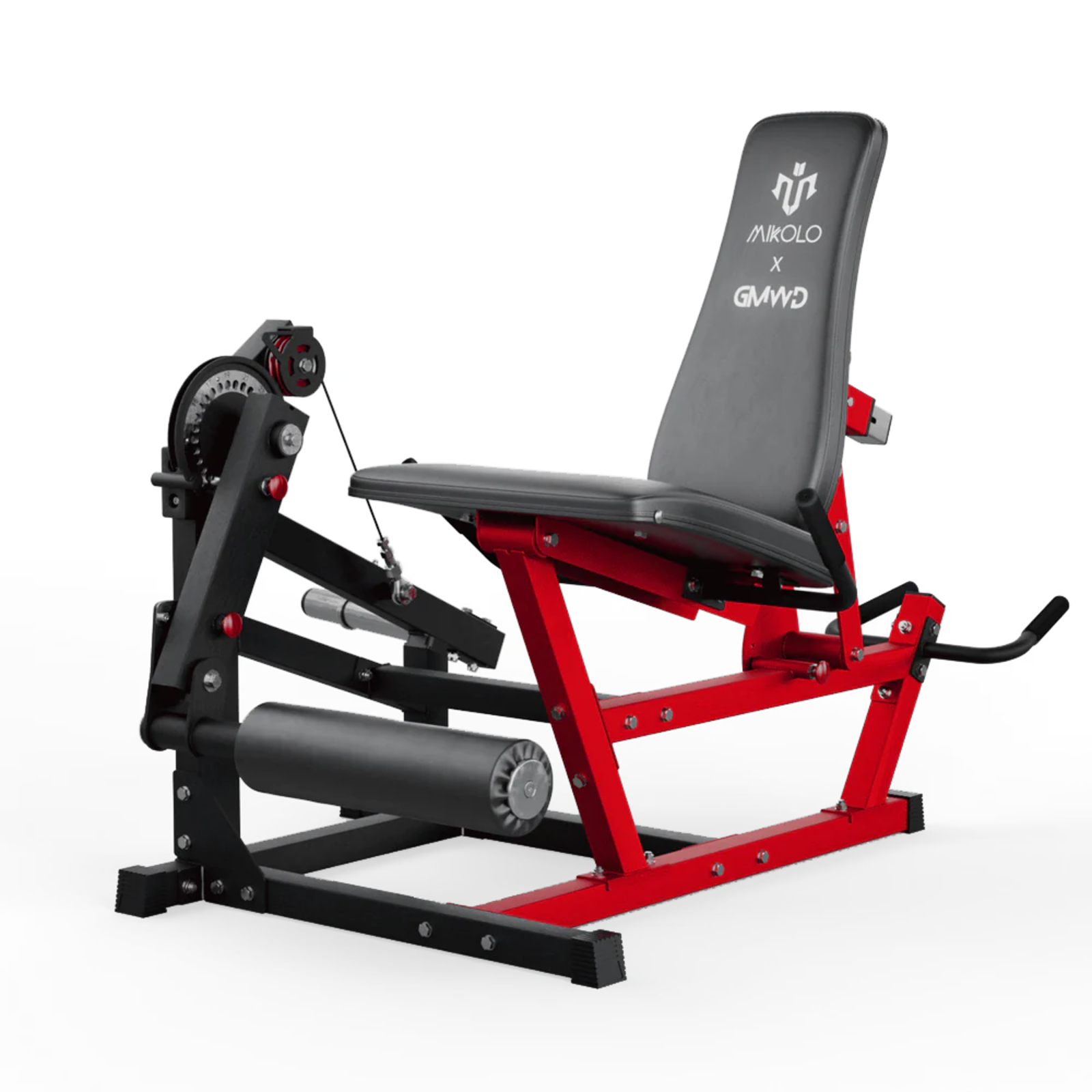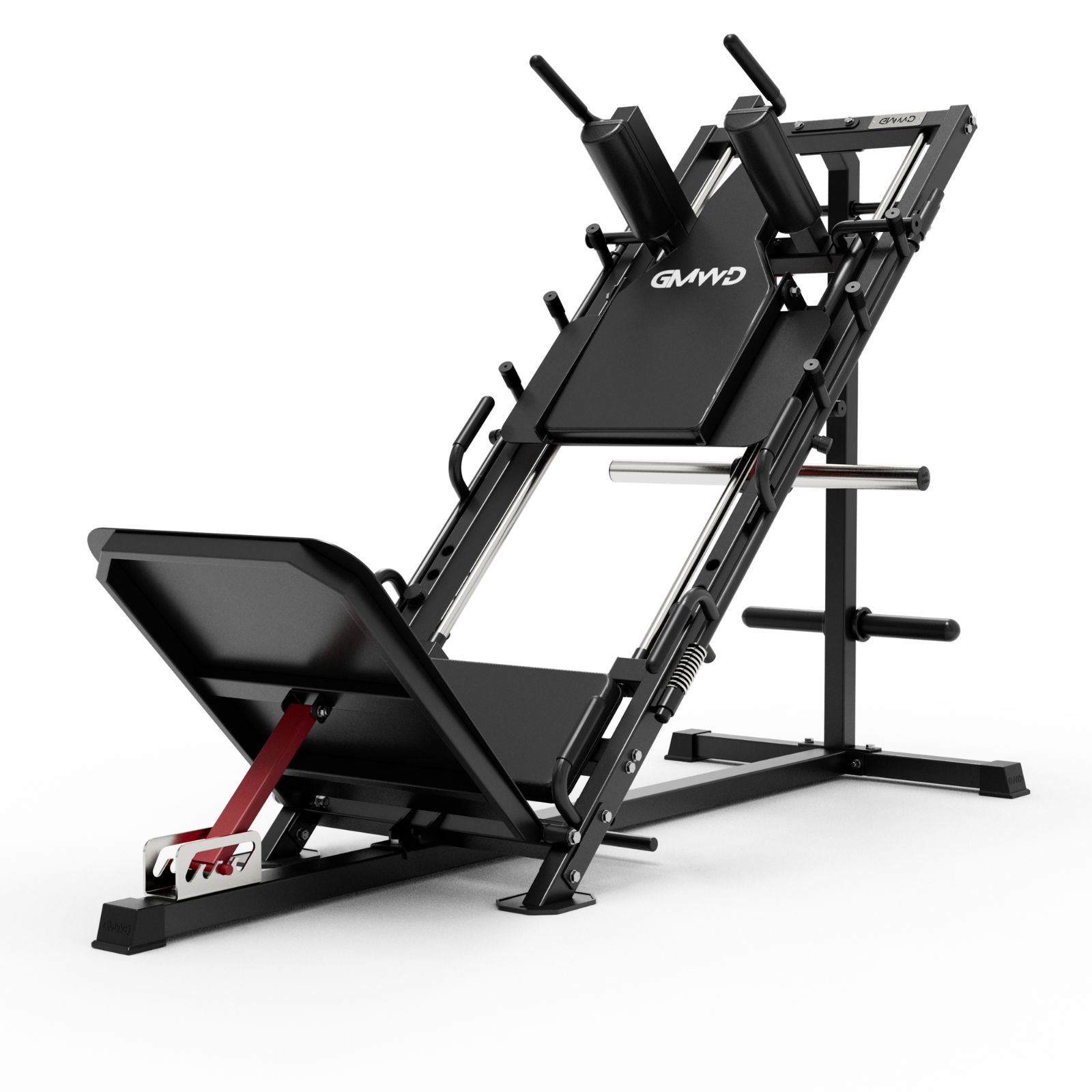When it comes to sculpting strong, functional shoulders, many lifters focus solely on pressing movements—overhead presses, push presses, or dumbbell shoulder presses. While these exercises are essential, they often neglect the importance of targeted shoulder isolation and controlled movement through resistance planes. That’s where the cable shoulder pulldown comes into play.
What Is a Cable Shoulder Pulldown?
The shoulder cable pulldown is a controlled, high-rep isolation exercise that targets the posterior deltoids, upper traps, and parts of the upper back. Unlike traditional lat pulldowns that focus on the lats, this movement adapts the same mechanics to zone in on your rear delts and scapular control.
Using a cable machine allows for continuous resistance throughout the range of motion. Unlike dumbbells, which rely heavily on gravity, cables challenge your muscles evenly—especially on the eccentric (lowering) phase.
How to Perform the Cable Pull Down for Shoulders
Setup:
-
Attach a rope or straight bar to the high pulley of a cable machine.
-
Stand or kneel facing the machine.
-
Grip the attachment with hands slightly wider than shoulder-width.
-
Keep your spine neutral and chest upright.
Movement:
-
Begin with your arms fully extended overhead.
-
Pull the cable down in front of you, focusing on squeezing your shoulder blades down and back.
-
Elbows should stay slightly flared—not tucked in like a lat pulldown.
-
Slowly return to the starting position under control.
Benefits of the Shoulder Cable Pulldown
-
Targeted Muscle Activation: It isolates the rear delts, traps, and teres major—muscles often overlooked in general shoulder routines.
-
Improved Posture: Strengthening the upper back and posterior shoulder supports better posture, especially for those who sit or work at a desk all day.
-
Joint-Friendly Mechanics: Cables provide smooth, adjustable resistance that’s easier on joints compared to heavy free weights.
-
Injury Prevention: Balancing anterior and posterior deltoid strength helps prevent shoulder imbalances that can lead to impingement or rotator cuff issues.
My Experience: From Shoulder Pain to Control and Strength
Several years ago, I dealt with persistent shoulder tightness that would flare up every time I trained heavy presses. My rotator cuff was overworked, and I had neglected my rear delts for too long. A physical therapist recommended adding more controlled, low-load pulling movements to my shoulder day.
That’s when I started incorporating cable pull down shoulder variations, twice a week. Within a month, I felt a noticeable difference—not only in strength but in how much more stable and mobile my shoulders became. Now, it’s a non-negotiable part of my routine, especially during high-volume training phases.
Pro Tips for Progression
-
Start Light, Focus on Form: The goal isn’t max weight here. Use a weight you can control through full range of motion.
-
Use Tempo Reps: Try 3-second eccentrics (lowering phase) to increase time under tension and muscle engagement.
-
Add Angles: Adjust your body angle or try single-arm variations to prevent plateaus and add complexity.
Final Thoughts
The cable shoulder pulldown isn’t flashy, but it’s an incredibly effective tool for building strong, balanced shoulders. Whether you’re a beginner learning how to stabilize your shoulder blades or an advanced lifter looking to refine muscular detail, this exercise deserves a spot in your program. Shoulder health, after all, is built just as much by smart pulling as it is by pressing.










































Leave a comment
This site is protected by hCaptcha and the hCaptcha Privacy Policy and Terms of Service apply.